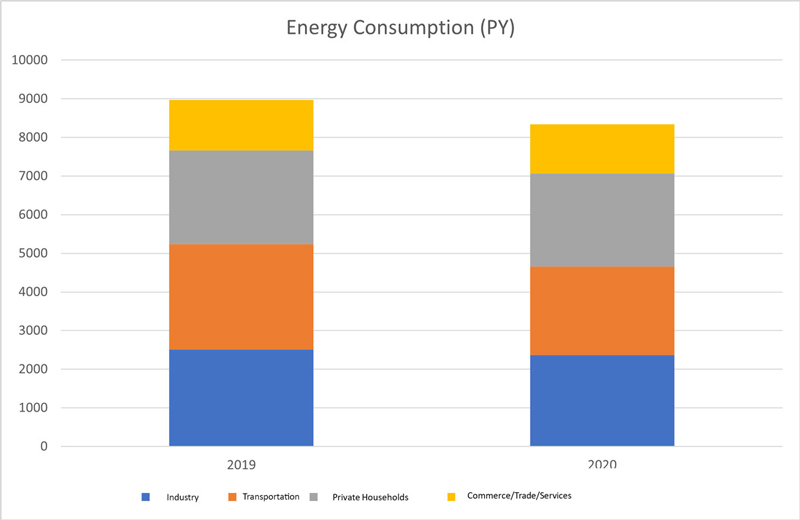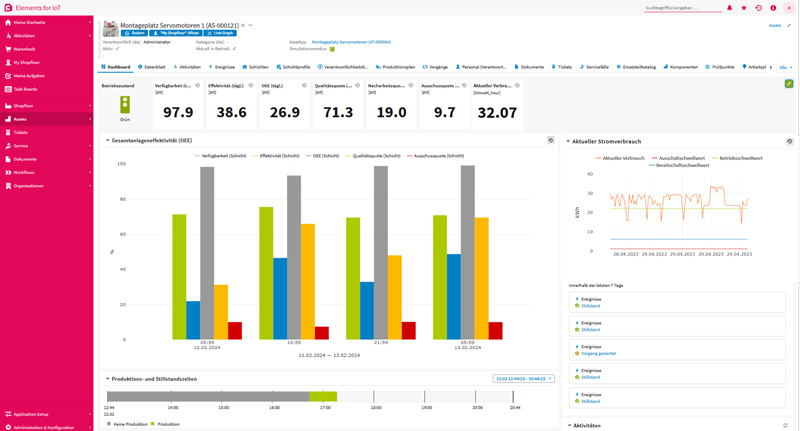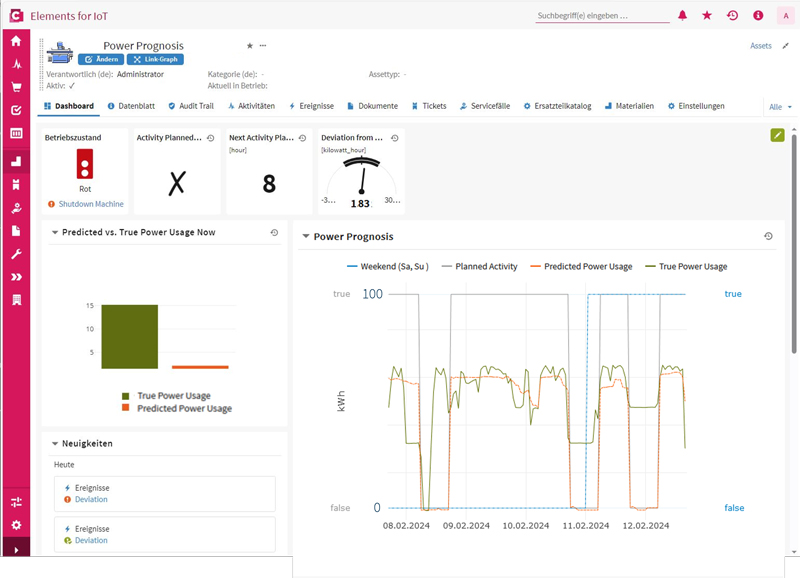In today’s sustainability-driven world, ensuring transparency and traceability across the entire product lifecycle is crucial. Product Lifecycle Management (PLM) helps to tackle these challenges by providing a solid data foundation for informed decisions.
Challenges for companies: regulations and customer demands
Companies are often faced with regulatory challenges that influence the development of strategies and products. The European Green Deal and the Corporate Sustainability Reporting Directive (CSRD) provide a corresponding framework. At the same time, customers demand solutions that support sustainable product development, and the call for a green transformation grows louder. But how can companies take this step?
Companies in the green transition
The green transition is a monumental task for the industry. Sustainable development, as defined by the 1987 Brundtland Report, becomes a guiding principle. The goal is to meet the needs of the present without compromising the needs of future generations. With sustainable design as a core element of this movement, economic and ecological dimensions are aligned. Unlike approaches like Eco-design, Sustainable Design also integrates ethical aspects, human rights, and social justice, such as social aspects in the supply chain.
PLM as a key for sustainable product design
Every product goes through various lifecycle phases where decisions regarding material selection, design, and manufacturing processes are made. PLM systems like CIM Database PLM enable the consideration of sustainability principles as early as the design phase. Reducing waste, efficient use of energy, and recycling become integral parts starting from early design processes.
Read more about how PLM contributes to sustainable product development here.
Life Cycle Assessment (LCA) and PLM: An unmatched combination
Life Cycle Assessment (LCA) is another central approach for the evaluation of environmental impacts. By quantifying and assessing environmental impacts across the entire lifecycle of a product, companies can identify environmental aspects and potential effects.
PLM as a structural guide for sustainable products
The product structure, also known as Bill of Materials (BOM), is utilized by PLM as a structured guide. It enables accurate assessment of environmental impacts across the entire product range. Material properties, work schedules, and data aggregation support the selection of sustainable materials.
Material Compliance: Mastering regulations more easily
The selection of materials must not only be environmentally friendly but also legally compliant. This is where Material Compliance comes into play. A PLM system enables the management of product structures and material data as well as a smooth implementation of material compliance through the traceability of used materials.
Digital Product Passport for the circular economy
Transparency about materials and products is crucial for a successful circular economy. The Digital Product Passport acts as a carrier of information from the PLM system and provides a foundation for GHG reporting. The Asset Administration Shell (AAS) serves as a standardized technology for information exchange.
PLM for a sustainable future
Through a holistic view of the lifecycle, impacts and risks can be detected, assessed, and ultimately avoided at an early stage. CONTACT Research is committed to more sustainable product development in order to shape a harmonious future. Let’s tackle the challenges of sustainable product development together and leave a positive impact on the world!
Read the full article on the CONTACT Research Blog here.






